L'any nou Japonès (Oshogatsu) està ple de tradicions, si en l'anterior post us parlava del Hatsumode, altres activitats típiques són les postals d'any nou (similars a la nostra tradició de les postals de Nadal, aquí els primers dies de l'any se'n troben per tot arreu) o l'anomenada otoshidama (tradició de donar diners de pares a fills en forma de regal d'any nou). Més enllà d'això com a bona societat sibarita que són, el menjar també juga un paper mooolt important amb l'anomenat Osechi Ryori o menjar japonès d'any nou, una tradició amb més de mil anys d'història i que evidentment jo tenia molt d'interès de provar i bé...vaig ser tan afortunat que en Manabu, un bon amic japonès, em va convidar a casa seva a passar el dinar d'any nou amb la seva família!! Val a dir que aquí no tothom el conviden a casa de un i menys en dies tan especials o sigui que per a mi va ser tot un honor!! L'experiència va ser absolutament fantàstica, són tan amables i considerats que evidentment em van fer sentir com el rei de la casa!
La veritat és que l'any nou Japonès em va recordar bastant al nostre dia de Nadal, el dinar sol començar bastant tard però també acaba molt tard engantxant-se amb el sopar, et passes el dia menjant i bevent! Entremig, un clàssic són els programes televisió especials d'any nou amb tot tipus de shows 100% japonesos i evidentment les competicions esportives, ara, aquí enlloc del tradicional salts d'esquí tenen el torneig nacional de futbol d'instituts seguit per milions de persones per tot el país!.
L'experiència de l'Osechi ryori va ser molt interessant, es tracta de menjar fet per aguantar diversos dies, diuen que es va començar a fer com a forma de subsistència ja que durant el període d'oshogatsu com que hi havia tots els establiments tancats, era molt difícil aproveir-se i s'havia de buscar coses que aguantéssin diversos dies. Es serveix en unes capses especials, anomenades jubako, similars als bento i avui dia la gran majoria es compra ja preparat en grans magatzems o fins i tot en les botigues de conveniència, per sort en el nostre cas però va ser tot fet a casa i és que a la mare d'en Manabu li agrada molt cuinar. La particularitat de l'Osechi ryori és que cada producte té una significació especial, per exemple hi ha kuromame (mongetes negres) com a símbol de salut pel nou any, konbu (algues) com a símbol de felicitat, tazukuri (sardines seques en salsa soja) com a símbol de bona collita (arròs) o kazunoko (ous d'arengada) com a símbol de fertilitat. En fi, un munt de combinacions de preparacions molt japoneses i amb resultats molt peculiars pels paladars occidentals però també molt bo.
Per rematar-ho, acabat al dinar, estava tan posat en la tradició que fins i tot vaig tenir el plaer de provar per primera vegada un kimono japonès verdader! i no era un kimono qualsevol sinó un que venia d'herència de diverses generacions o sigui amb molta història al darrera però en un estat que estava nou. Déu ni do, el que costa posar-se un kimono, d'entrada ja us dic que sol no te'l pots posar i és que al final vaig acabar portant quatre capes de roba a sobre, evidentment amb tot això haig de reconèixer que gaire còmode no és...ara l'experiència un 10!
The Japanese new year (Oshogatsu) is full of traditions, if in the previous post I talked about the Hatsumode, other typical activities also include the new year's postcards (quite similar to our postcards for Christmas, but here you find them a bit later, only for few days but in each single corner of the city) or the so called otoshidama (tradition to give money from parents to children as a present for new year). Beyond that and as a good gourmet society, food also plays a central role with what they called Osechi ryori or the Japanese new year's food, a tradition with more than thousand years of history and that of course I was really looking forward it...so, I was so lucky that Manabu, a good Japanese friend, invited me to his parents place to share a new year's lunch with his family!! Considering that here in Japan is not that common that you receive this kind of invitation and moreover in such an special date, it was a great honour for me!! The experience was absolutely fantastic, they are so kind and considered that obviously made me feel as a real honorary guest!!
The Japanese new year celebration reminded me quite a lot to our Christmas day, their lunch usually starts quite late so does the finishing time, overlapping with the dinner so you are drinking and eating all day long! In between, a classical are the special TV shows for new year's with all kind of programs 100% japanese style as well as sport competitions, however instead of the traditional European ski jumps, here they have the national football tournament of high-schools which is followed by millions of people all over the country!
The Osechi ryori experience was really interesting, this preparation began as a way to stock food for several days since during oshogatsu everything is closed (especially longtime ago) and so it was hardly possible to buy fresh products and they had to find preparations that could preserve several days. Osechi it is served in special boxes, similar to Bento called Jubako and nowadays most of the people buys it already prepared from department stores or even convenience stores, in our case however It was an exception since Manabu's mother always prepare it at home...yummy. There many different food or preparations in Osechi ryori and the particularity is that each one has a special meaning, for instance there is kuromame (black beans) as a symbol of health in the new year, konbu (seaweed) as a symbol of joy, tazukuri (dried sardines in soy sauce) as a symbol of abundant harvest (rice) or kazunoko (herring roe) as a symbol of fertility. So, the result a deep introduction to traditional japanese preparations, most unknown by westerners but with s really good taste.
After all these yummy food, I was so integrated in the Japanese tradition that I ended up wearing a kimono :)! My first time wearing a real Japanese kimono, and not just any kimono but one that was inherited from various generations in the family...and was still like new! What a job to get into a kimono...I tell you it took me a while and certainly something you cannot do alone, at the end I was wearing 4 layers of clothes which certainly makes it not very comfortable to wear for long time, that`s why nowadays this is only reserved for special occasions, and so special was that one!
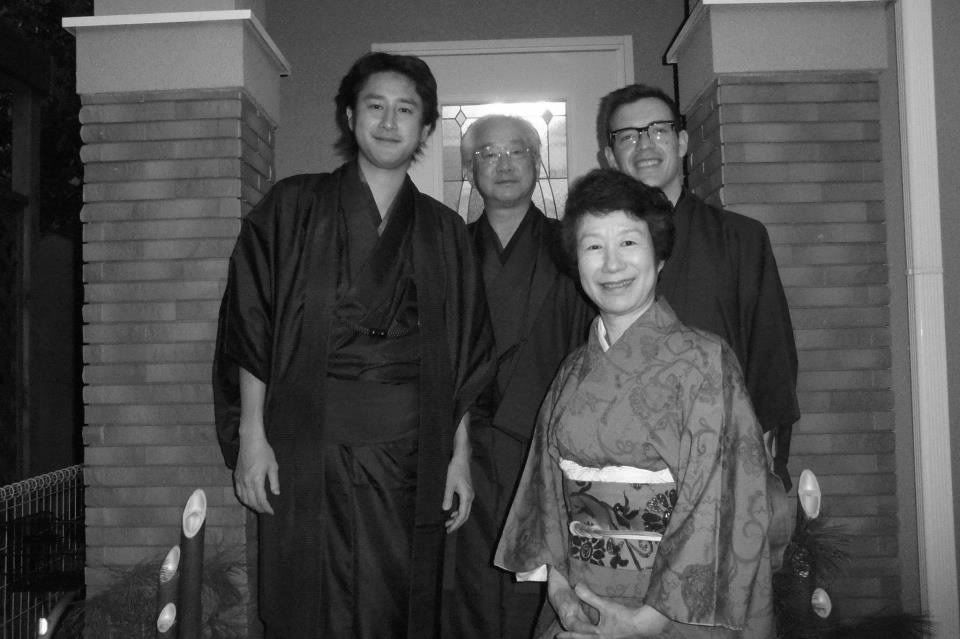

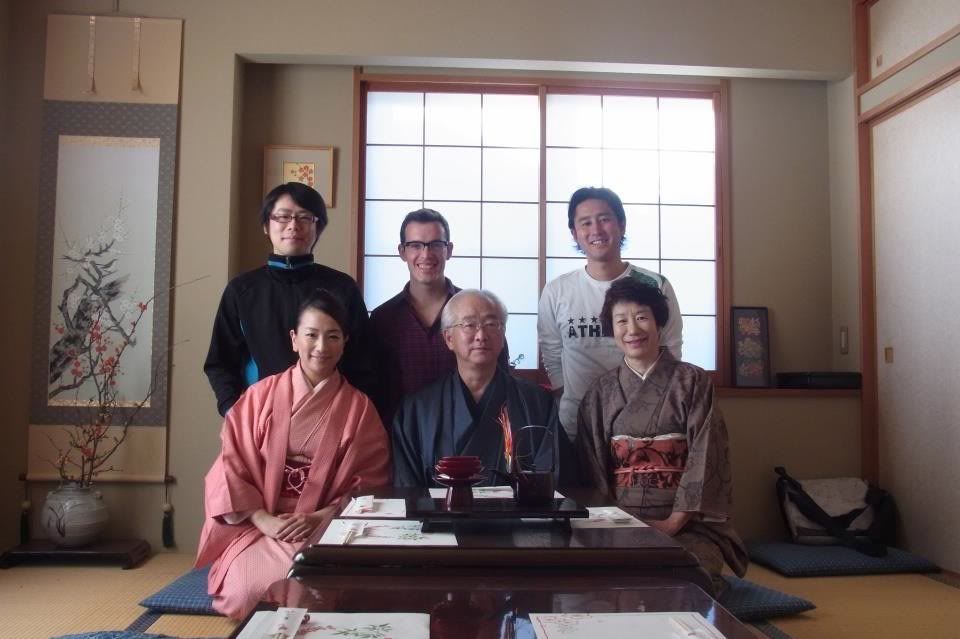

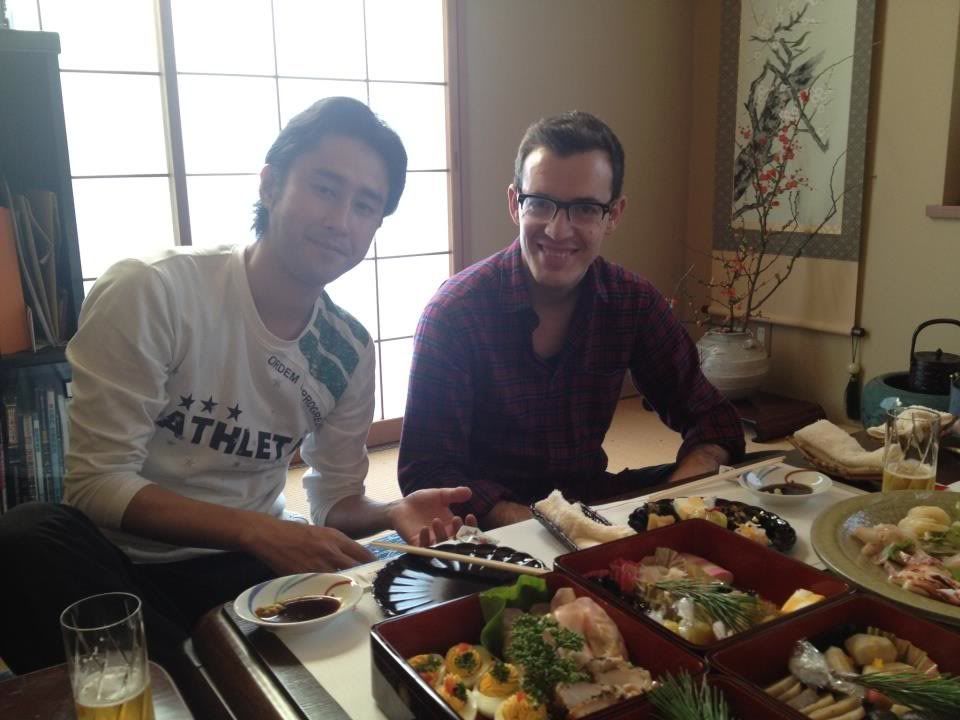
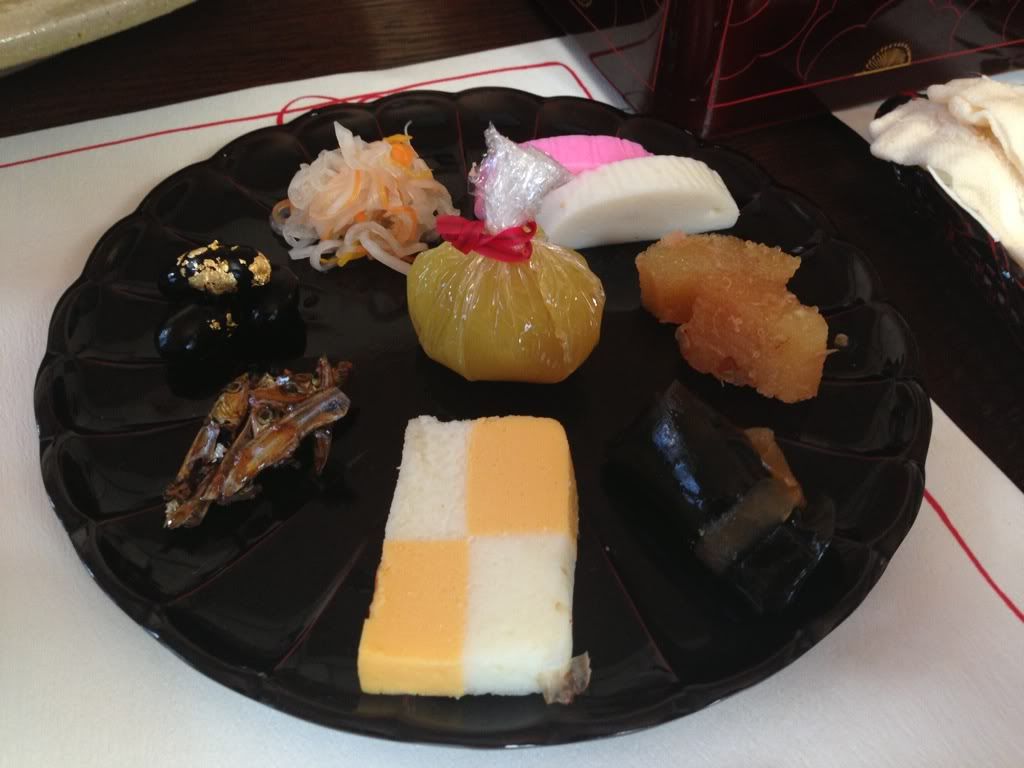
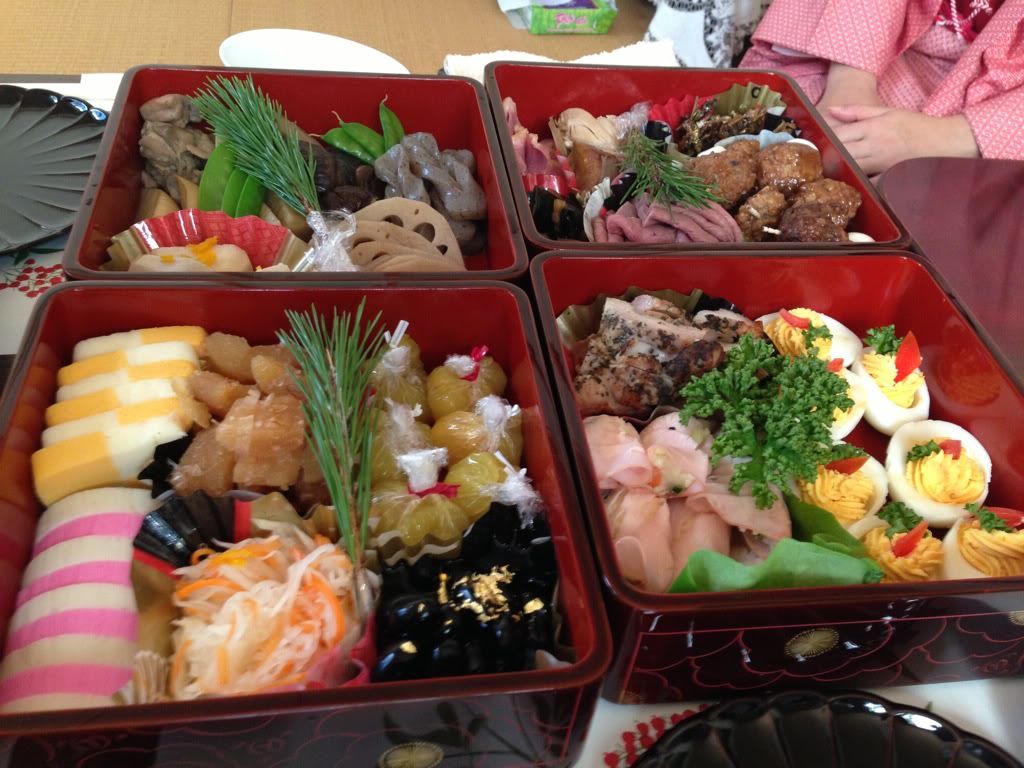
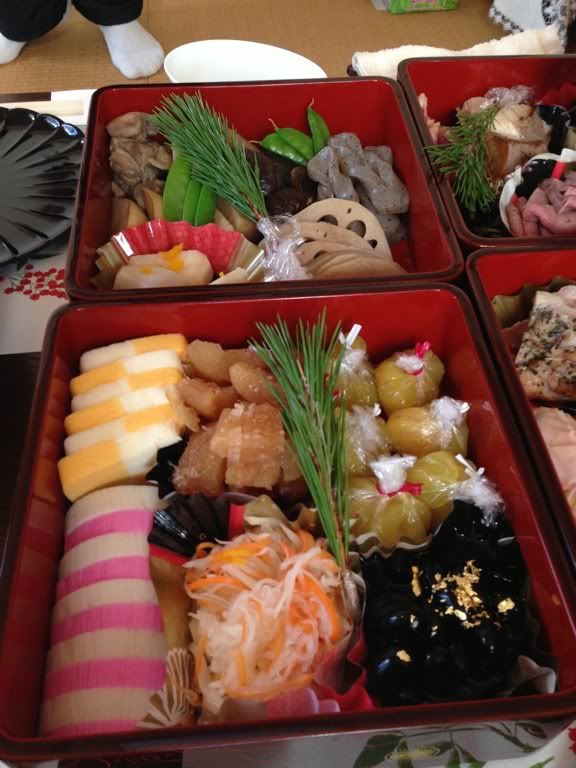
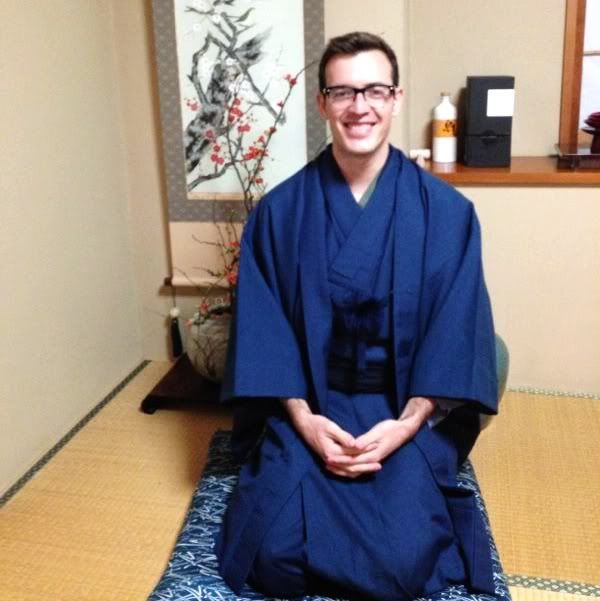
Cap comentari:
Publica un comentari a l'entrada